Analysis Section (A)(3) describes the height of the working space and allows for electrical equipment to intrude into the working space for a maximum depth of 6" This can often be seen in equipment rooms that have a wireway protruding outward above or below a panelboard The Code has long been silent on the issue of support structures beneath equipment, such as transformers2) a 30 in wide working space in front of equipment operating at 600V or less; The NEC doesn't require working space for the back or sides of an assembly where all connections and renewable or adjustable parts are accessible from the front (A)(1)(a) Where special permission is granted in accordance with 904, working space for equipment that operates at not more than 30VAC or 60VDC can be less than the distance in Table (A)(1)
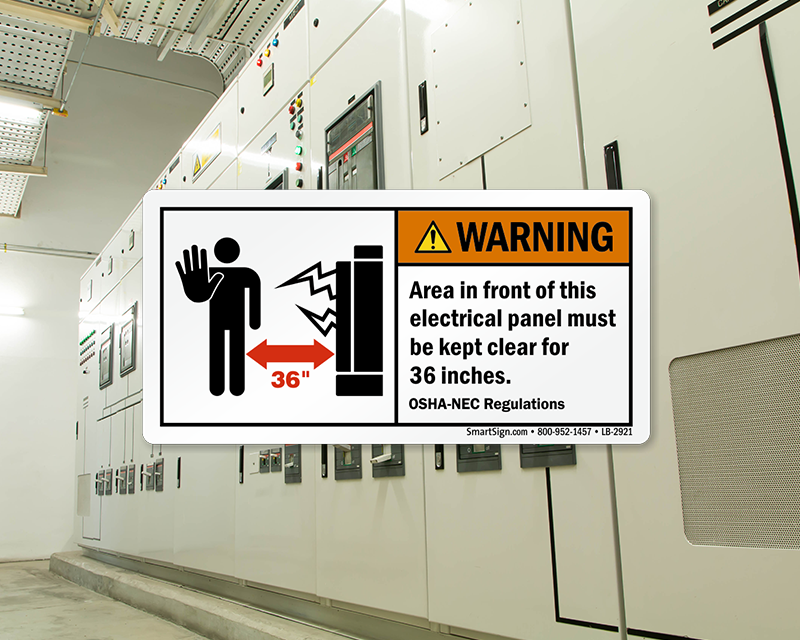
Minimum Clearance Around Electrical Panels Carrying 600 Volts Or Less Mysafetysign Blog
Nec 110.26 working clearance
Nec 110.26 working clearance-Greetings Mr Design Engineer, Thank you for submitting your question with regards to the proper application of section (2)(a) as it pertains to establishing a compliant and safe single entrance to and egress from large electrical equipment rated 10 amps or more and over 6 feet wide that contain overcurrent devices, or control devices, or switching devicesHeight of working space around electrical equipment NEC (A) (3) For installations built before , the height of the working space must be 625 ft For installations built on or after , the height must be at least 65 ft from the floor, grade, or platform It can't be lower than the height of the equipment
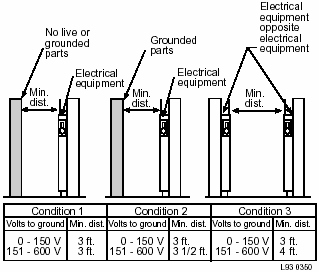



Doe Handbook Electrical Safety General Requirements Rf Cafe
Get Working Clearance Nec Table PNGWorking clearances (nec table (a)) The clearance is measured from the maximum water level Electrical Systems Designing electrical rooms from imageslidesharecdncom Electrical panel working space = clearance distances Clearance from live wires a is depth , b is width and c is heightAnd 3) minimum headroom clearance of 6 ft or the height ofBrief description of NEC national electric code working clearances article (A)(1) for the Electrical Exam Academy Study guide
The working clearance space shall include the zone described in (A) No architectural appurtenance or other equipment shall be located in this zone (b) Dedicated Equipment Space Nec working spaceDec 30, 16 This double the working clearance and minimum clearance to the entrance from the electrical equipment provides the ability to step back into the "double" working space zone provided and effectively egress out the opening without having to traverse through the working space clearances as defined in section (A)(1)EXHIBIT A workingSpaces required by (A) and (E), that is, the working space and the dedicated electrical space In Exhibit , the dedicated electrical space required by (E) is the space outlined by the width and the depth of the equipment (the footprint) and extending from the floor to 6 feet above the equipment or to the structural ceiling (whichever is lower) The dedicated
of the National Electrical Code (NEC) 1) at least a 3ft clearance in front of all electrical equipment;Outdoor electrical equipment shall be installed in suitable enclosures and shall be protected from accidental contact by unauthorized personnel, or by vehicular traffic, or by accidental spillage or leakage from piping systems The working clearance space shall include the zone described in Section (a)Some of the working space requirements found in Section (NEC05) include (A) Working Space Working space for equipment operating at 600 volts, nominal, or less to ground and likely to require examination, adjustment, servicing, or maintenance while energized shall comply with the dimensions of (A)(1), (2), and (3) or as required or permitted elsewhere in
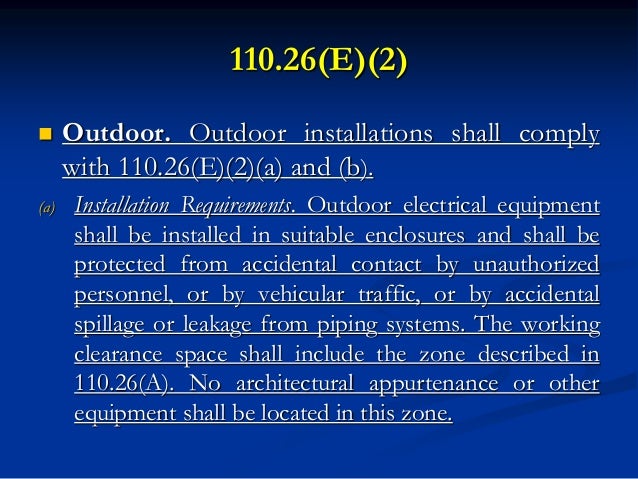



Nec And Oesc 1
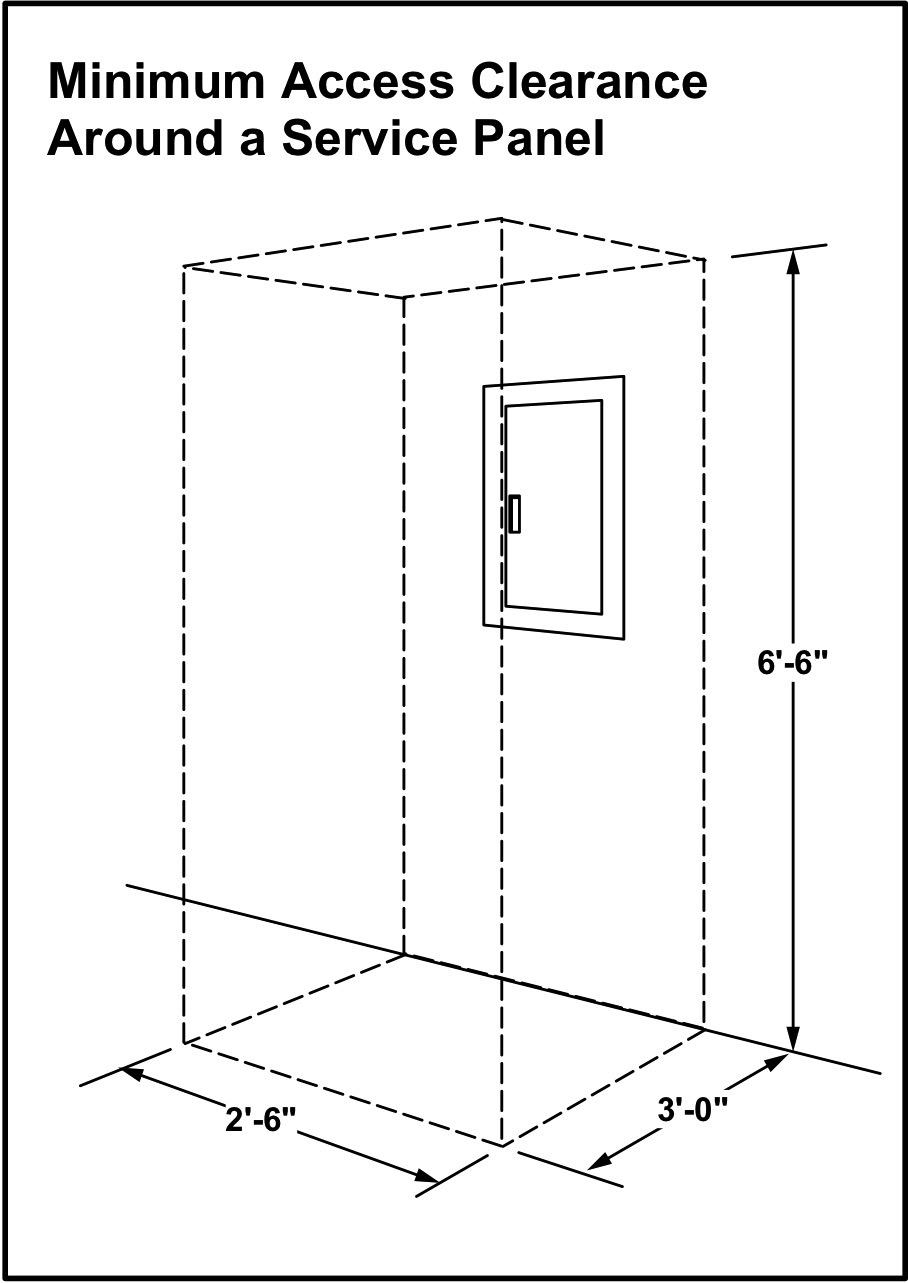



When Did The Requirement For Clearance In Front Of An Electrical Panel Become Code
NEC (A)(2) states that "the width of the working space in front of the electrical equipment shall be the width of the equipment or 762 mm (30 in), whichever is greater" In addition, this work space shall permit at least a 90degree opening of the panelboard door Review figure 6 for a good example of the width of this space for a single panelboard or for multipleIs the 3' NEC working clearance requirement related to the arcing and arc flashes?− What do the 17BK1474samplepdf Read/Download File Report Abuse TechTopics No 79 Working space required around Siemens The requirements for working space are primarily contained in NEC Articles (for low voltage) and (for high voltage) Since the two sections are



Http Www Teces Org Docs 12 Pdf
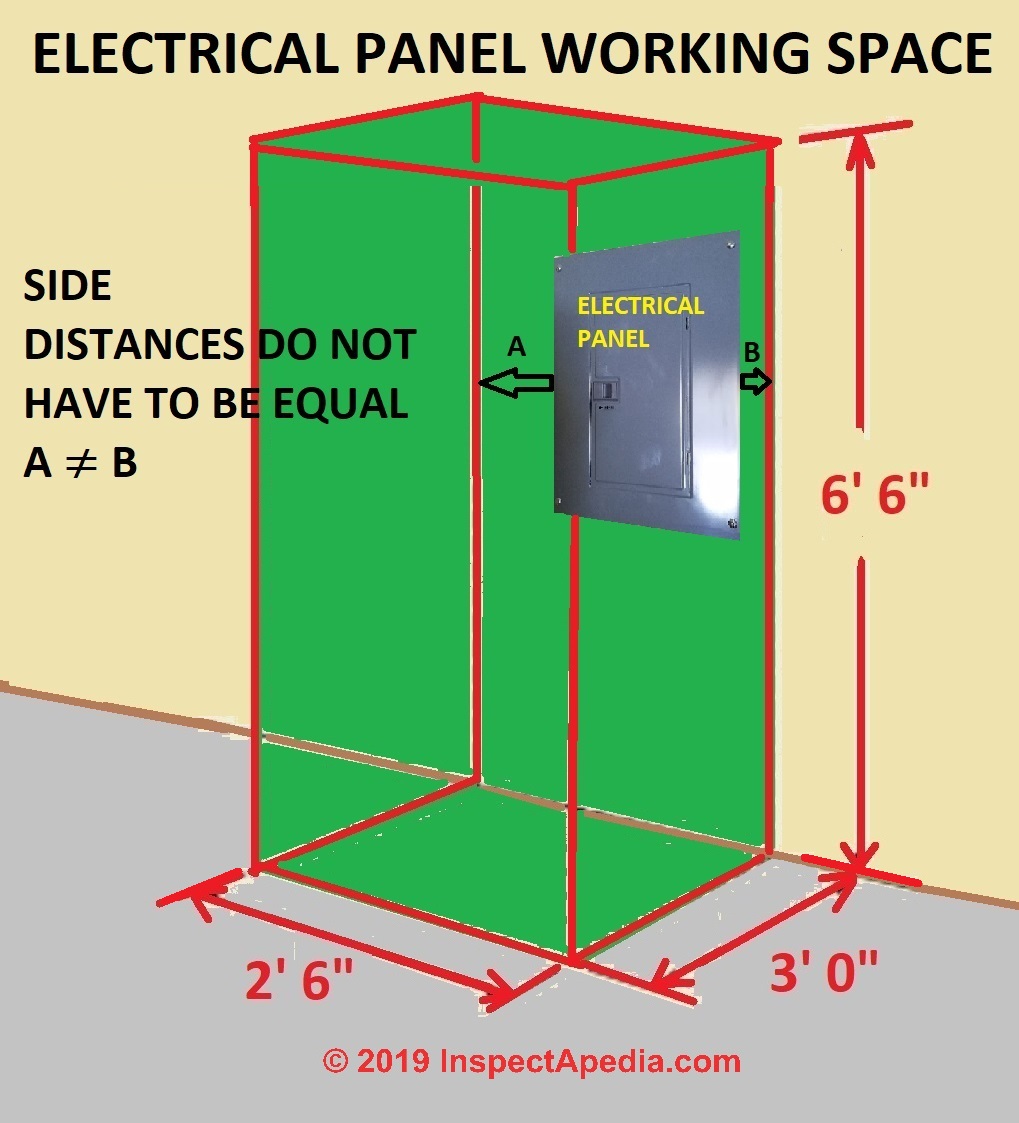



Electrical Panel Equipment Working Space Clearance Distances U S Nec Article 110 26
Clearance Tables Working Space around Indoor Panel/Circuit Board (NES 3122) Clearance around an Indoor electrical panel (NEC ) Clearance for Conductor Entering in Panel (NES 4085) Clearance between Bare Metal Busbar in Panel (NES 4085) Clearance of Outdoor electrical panel to Fence/Wall (NES )In the 17 NEC, the basic rule in Section (2) required an entry/exit at each end of the working space for large equipment when both of the following two circumstances were present Electrical equipment was rated 10 amps or more and contained overcurrent devices, switching devices, or control devices and The second document also makes a point that the OEM may indicate that a minimum clearance is required to service the equipment, and the OEM minimum clearance can be wider then the isle way requirement Fred RE NEC Working Clearance che (Electrical) 7 Mar 21 0403 FacEngrPE (Mechanical)7 Mar 21 0303



Www Mikeholt Com Instructor2 Img Product Pdf 11nec101 1076 Sample Pdf




General Installation Requirements Part Xxii Electrical Contractor Magazine
NEC Table , updated from 600 V to 1000 V in 17 Minimum clearances are established for work spaces in front of high voltage electrical equipment such as switchboards, control panels, switches, circuit breakers, switchgear and motor controllers These distances indicate space that must be clear to the floorIn the NEC, working space requirements are found primarily in Article 110 NEC applies to electrical equipment operating at 600 volts or less NEC applies to electrical equipment operating at 600 volts or less NEC article (A) (1) condition 3 states that exposed live parts on both sides of the working space require minimum clear distance of 4ft NEC does not explain the dead front panel working space requirements between panels Under all circumstances, there are no live parts exposed to persons entering the electrical room




Electrical Panel Clearance Nec



Oshpd Ca Gov Document Seminar Electrical
The entrance does not have to be directly in front of the electrical equipment Per section (2) (a) it has to be continuous and unobstructed An example of a violation would be the electric equipment positioned in a room where working space would be behind the equipment where you could be trapped between the equipment and the exit door The new requirements found in (A)(4) are a very useful, practical and navigable addition to what was previously included in this portion of the code Crawlspaces and especially above ceiling space electrical installations can now be provided with working clearances according to prescriptive requirements, which will lead to better safety for electricians and maintenanceWhat's the right working clearance for a given installation?



Http Www Teces Org Docs 443 Pdf




110 32 Workspace About Equipment
The other problem is the stack of meters in front that does not have the shoulder to shoulder clearance of 30 inches But the code saids that " (A) (2) The working space shall be a minimum of 30 in wide, but in no case less than the width of the equipmentFire Code and Section of NFPA 70 Background 15 IFC 6053 Working space and clearance A working space ofnot less than 30 inches (762 mm) in width, 36 inches (914 mm) in depth and 78 inches (1981 mm) in height shall be provided in front of electrical service equipment Where the electrical service equipment is wider than 30 inches (762 mm), the working spaceTo be on the safe side, the working space and space around electrical equipment should always be clear per (A), if possible As a basic rule, there should be at least 3 feet of space in front of all equipment with a 30 inch width as well as 6½ feet of headroom space



1




General Installation Requirements Part Xx Electrical Contractor Magazine
NEC Workig Clearance Requirements Reviewing A1 and associated table the working space depth is clear on its requirements However I have been told that if you have two switchboards facing each other at 600V where one of the boards is 3000A and the other is 800A, you have to double the working clearanceWorking Space About Electrical Equipment, NEC 14 , (23minsec) NEC applies to electrical equipment operating at 600 volts or less The primary requirement is that both access and working space must be provided and maintained for all electrical equipment (Photo 1) This is to allow for ready and safe operation and maintenance of the equipment Photo 1 Code violation of The definition of equipment in the NEC is "a



Panel Clearances Electrician Talk



Www Mikeholt Com Instructor2 Img Product Pdf 11nec101 1076 Sample Pdf
Nec working spaceNEC Article WORKING SPACE SHALL BE PROVIDED AND MAINTAINED ABOUT ALL ELECTRIC EQUIPMENT LIKELY TO REQUIRE WHILE ENERGIZED WORKING SPACE SHALL BE PROVIDED AND MAINTAINED ABOUT ALL ELECTRIC EQUIPMENT LIKELY TO REQUIRE WHILE ENERGIZED • EXAMINATION NEC requires working clearance inThough not working on or near live parts, workers still require room to maneuver comfortably around electrical equipment The NEC provides for this situation in Article (A) (1)(a), titled DeadFront Assemblies, that states "Working space shall not be required in the back or sides of assemblies, such as deadfront switchboards or Nec working space Nec working spaceSection of the National Electrical Code (NEC) requires specific minimums for working space around electrical equipment Section is divided into six subsections, and some of them contain even more subsectionsSpaces About Electrical Equipment Access and working space are required around all electrical




General Installation Requirements Part Xx Electrical Contractor Magazine




Working Space Requirements For Electrical Panelboards Iaei Magazine
ARTICLE 110 REQUIREMENTS FOR ELECTRICAL INSTALLATIONS nearly identical, and both contain information that's per tinent to electrical installations This includes mounting heights for things such as receptacles, switches, and ther mostats, as well as limitations on protruding objects like wall sconce luminairesWorking Room Though not working on or near live parts, workers still require room to maneuver comfortably around electrical equipment The NEC provides for this situation in Article (A) (1)(a), titled DeadFront Assemblies, that states "Working space shall not be required in the back or sides of assemblies, such as deadfront The clear working space that is required by the first sentence as described in (A) may be eliminated only where examination, adjustment, servicing and maintenance are not "likely" to occur when energized exposed live parts, etc, are present"



Oshpd Ca Gov Document Seminar Electrical



Http Www Teces Org Docs 443 Pdf
Table (A)(1) Working Spaces Click to Enlarge Comparison of Table (A)(1) in the 14 NEC and 17 NEC Code Change Summary The voltage levels and measurements in Table (A)(1) have changed NEC Table (A)(1) provides the minimum required work space depth for electrical equipment rated volts (to ground) that is likely to be examined or 17 NEC & Related Products Also See >> 14 NEC & Related Books / DVDs Re working clearance #733 0252 PM Joined Nov 00 Posts 2,148 IL R resqcapt19 Member Roger, Quote How do we handle switches above counter tops?Or is it due to another safety concern?




Current Affairs Keep In The Clear




General Installation Requirements Part Xxv Electrical Contractor Magazine
NEC (A) (2) states that "the width of the working space in front of the electrical equipment shall be the width of the equipment or 762 mm (30 in), whichever is greater" In addition, this work space shall permit at least a 90degree opening of the panelboard door NEC requires working clearance in front of equipment likely to require calibration, testing, or adjustment while energized This means a 30 by 36 inch space (or larger) in front of panels, access panels on HVAC equipment and fused disconnects Does this requirement extend to nonfused disconnects? The working space, which is measured from the enclosure front, must not be less than the distances contained in Table (A)(1) If you have grounded metal parts on the other side of the working space, you would need 3½ feet If you have equipment 1,0A or greater, more than 6 feet wide, you also must have an entrance to/egress from the working space at each end of the working



1



Seips Tech Tips Workspace Clearances For Solar Pv Systems Sei Professional Services
Rule 12— Requirements for Electrical Installations (a) Rear and Sides Working space isn't required for theFor the back or sides of assemblies where all connections and all renewable or adjustable parts are accessible from the front Figure 110–21 (b) Low Voltage The National Electrical Code NEC (A) (1&2) requires a clear area for access and working in front of an electric panel that is 25 feet (30") wide, 3 feet (36") deep, and 65 feet (78") high for a regular residential 1/240volt panel The 25 foot width in front of the panel does not have to be centered, although it is shownWorking space shall be provided and maintained about all electric equipment likely to require while energized • examination • adjustment • servicing • maintenance



Www Mikeholt Com Instructor2 Img Product Pdf 11nec101 1076 Sample Pdf




Working Space Requirements For Electrical Panelboards Iaei Magazine
The working space requirements in (A) apply to equipment that is "likely to require examination, adjustment, servicing, or maintenance while energized" There are requirements for depth, width and height, and they are based on the nominal voltage to ground at which the equipment operates This requirement first appeared in the 1987 NEC Height of working space Sec (a)(3)(e) As a general rule, you must maintain a minimum headroom clearance of 6 ft from the floor or platform up to any overhead obstruction This workspace is mandatory and applies to service equipment, switchboards, panelboards, and motor control centers The overhead workspace This set of code identifies how much clearance is needed around any type of electrical panel based on a number of different factors One of the main things that the NEC specifies is that all electrical panels must have enough room around them that someone working on the equipment will have the room to safely access everything they need This is necessary for all



Www Mikeholt Com Instructor2 Img Product Pdf 11nec101 1076 Sample Pdf




5 Nec Questions Based On The 14 Nec By Mike Holt Texas Electrical Excel
This is a problem with the code wording in The counter top receptacles the are required by are in violation of In the NEC, working space requirements are found primarily in Article 110 NEC applies to electrical equipment operating at 600 volts or less The primary requirement is that both access and working space must be provided and




Adequate Clearance Electrical Inspections Internachi Forum




National Electrical Code Nec Articles Tables And Data Mcgraw Hill Education Access Engineering




Working Space Requirements For Electrical Panelboards Iaei Magazine



Www Nfpa Org Assets Files Aboutthecodes 70 70 016 Nec Frreport Pdf




Entrance To And Egress From Working Space Single Entrance Option 110 26 C 2 A




Electrical Panel Equipment Working Space Clearance Distances U S Nec Article 110 26




Equipment Location And Clearances Upcodes
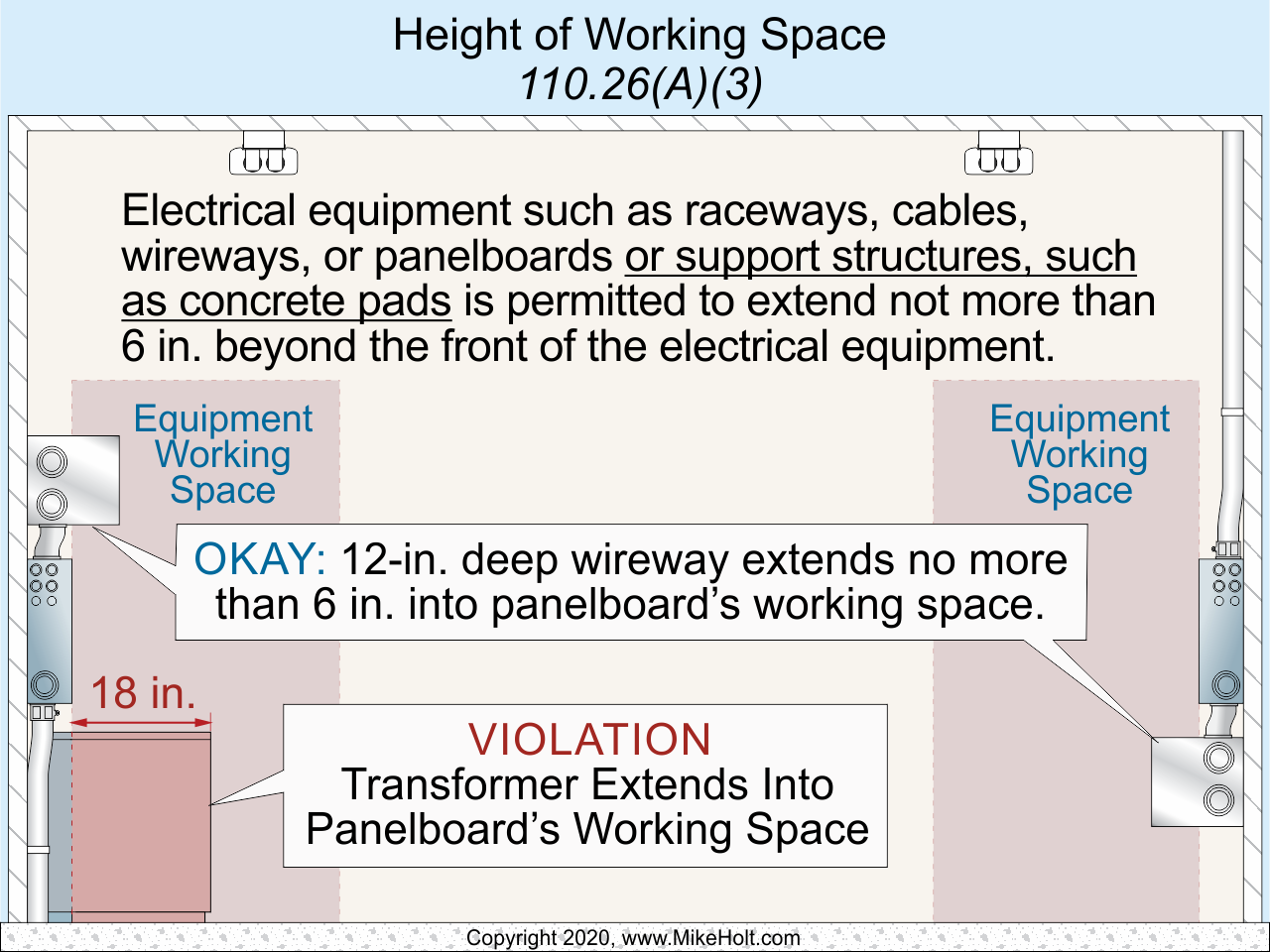



General Requirements Of The Nec Ec M



Panel Clearances Electrician Talk
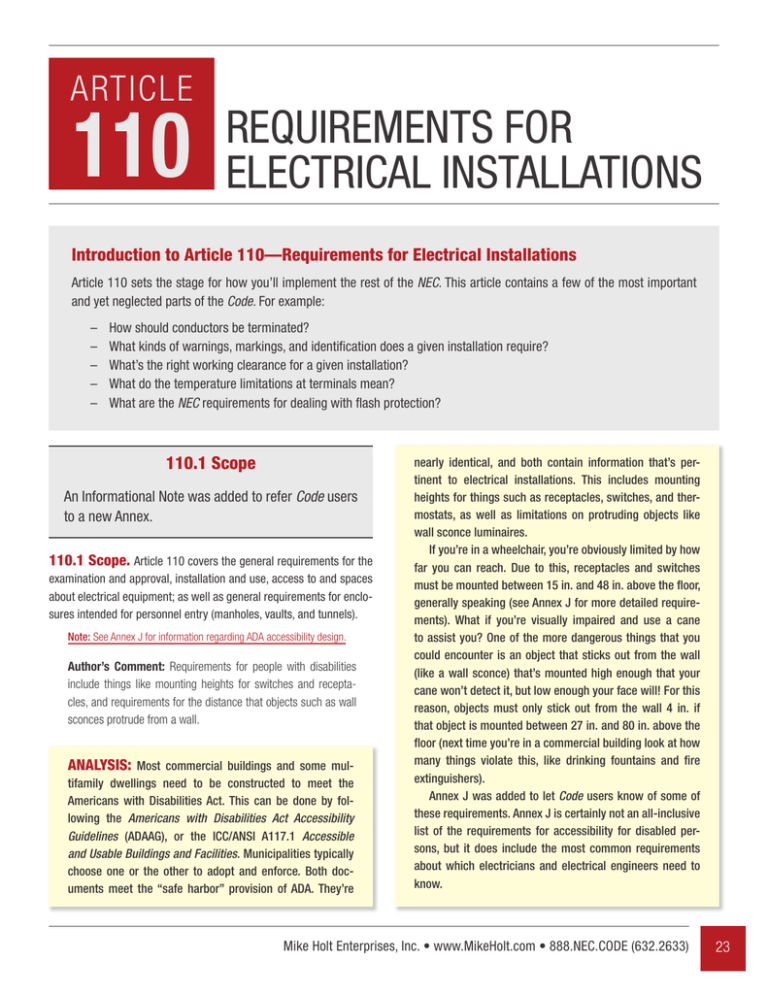



Sample Pages
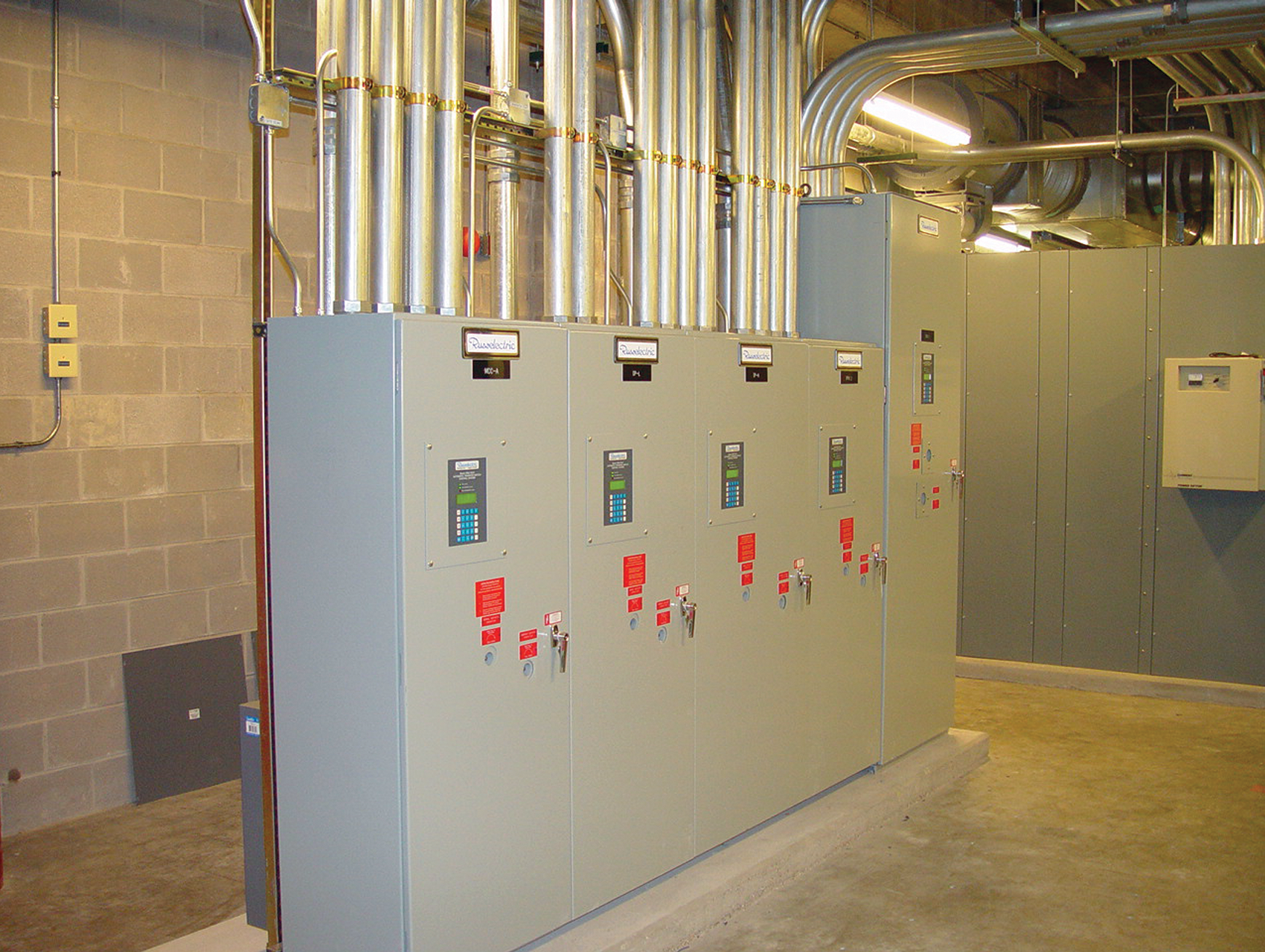



Working Space For Electrical Equipment Iaei Magazine




National Electrical Code Nec Articles Tables And Data Mcgraw Hill Education Access Engineering



Www Mikeholt Com Instructor2 Img Product Pdf 11nec101 1076 Sample Pdf



Subpanel Working Clearance Contractor Talk Professional Construction And Remodeling Forum
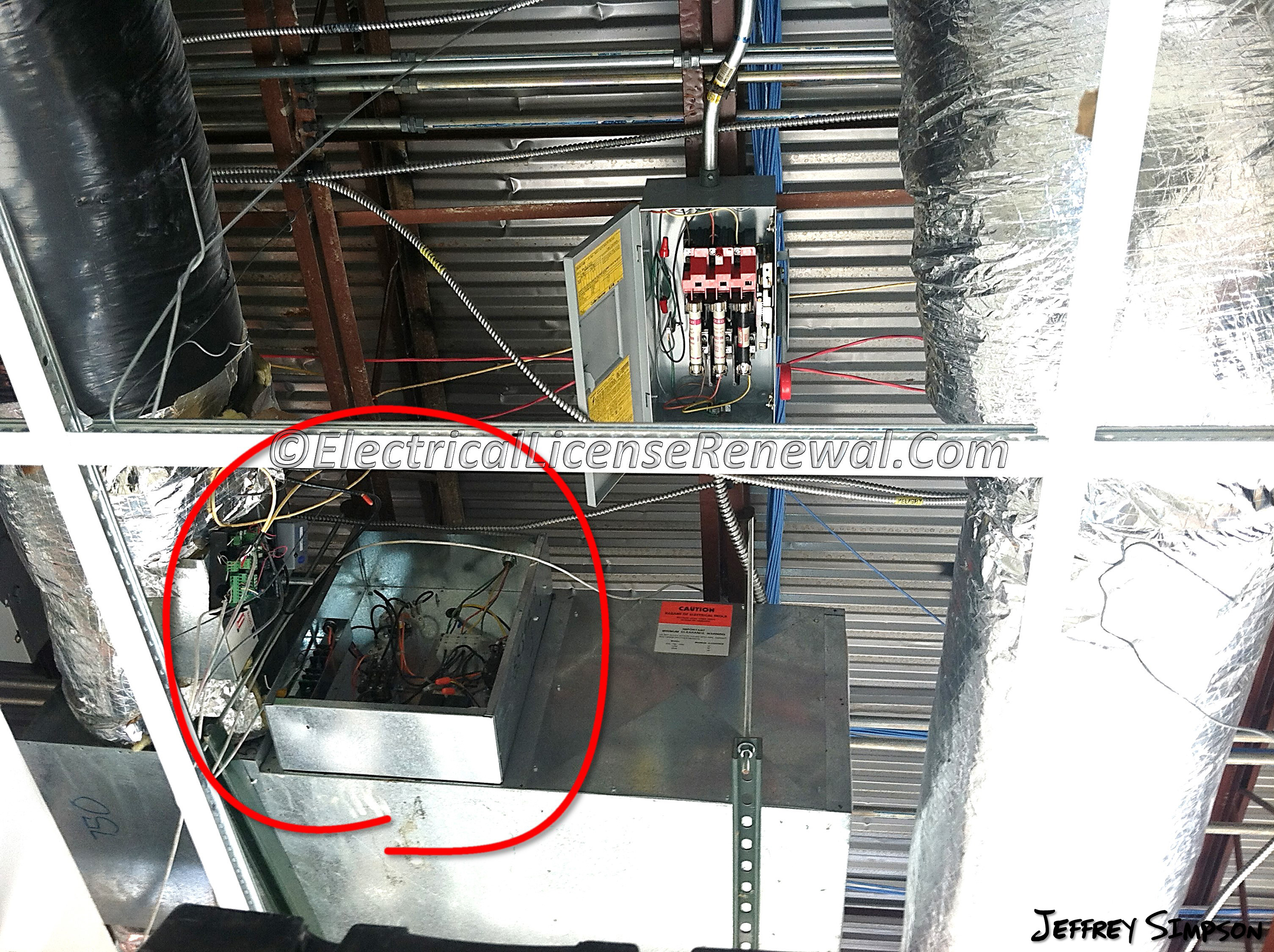



110 26 A 4 Limited Access



Http Www Teces Org Docs 12 Pdf




Sprinklers In Electrical Rooms According To Nfpa 13 Fire Protection Specialists



Www Siouxfalls Org Planning Dev Building Electrical 17 Nec Bk




Entrance To And Egress From Working Space Single Entrance Option 110 26 C 2 A
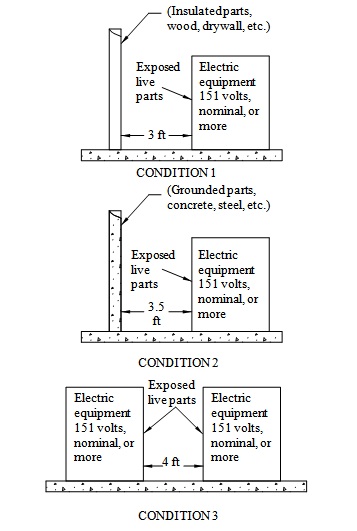



Consulting Specifying Engineer Integrated Design Of Electrical Rooms



Spacing For Manual Transfer Switch Diy Home Improvement Forum



Www Mikeholt Com Instructor2 Img Product Pdf 11nec101 1076 Sample Pdf



Www Mikeholt Com Instructor2 Img Product Pdf 11nec101 1076 Sample Pdf




Electrical Engineering Basics What Design Engineers Need To Know



Www Mikeholt Com Instructor2 Img Product Pdf 11nec101 1076 Sample Pdf




General Installation Requirements Part Xx Electrical Contractor Magazine



Www Mikeholt Com Instructor2 Img Product Pdf 11nec101 1076 Sample Pdf
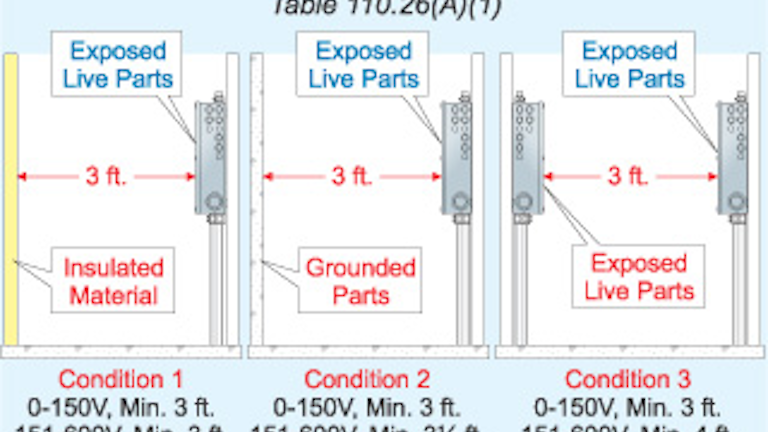



Adequate Workspace Keeps Electricians Safe Ec M




Doe Handbook Electrical Safety General Requirements Rf Cafe



1




Main Panel Access Electrical Inspections Internachi Forum



Www Rockymountainpower Net Content Dam Pcorp Documents En Pp Rmp Electric Service Requirements Esr Ch4 Pdf




Working Space For Electrical Equipment Iaei Magazine
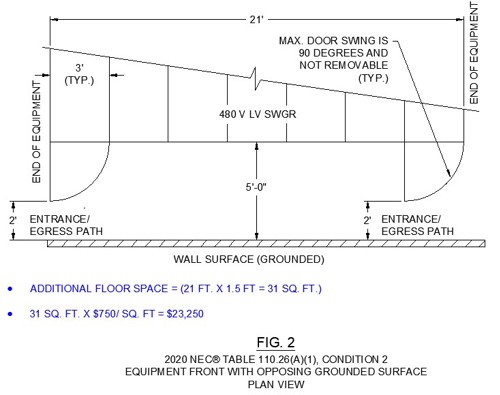



Afpm Summit Nec Revision Reduced Risk For Electrical Workers




Working Space Requirements For Electrical Panelboards Iaei Magazine
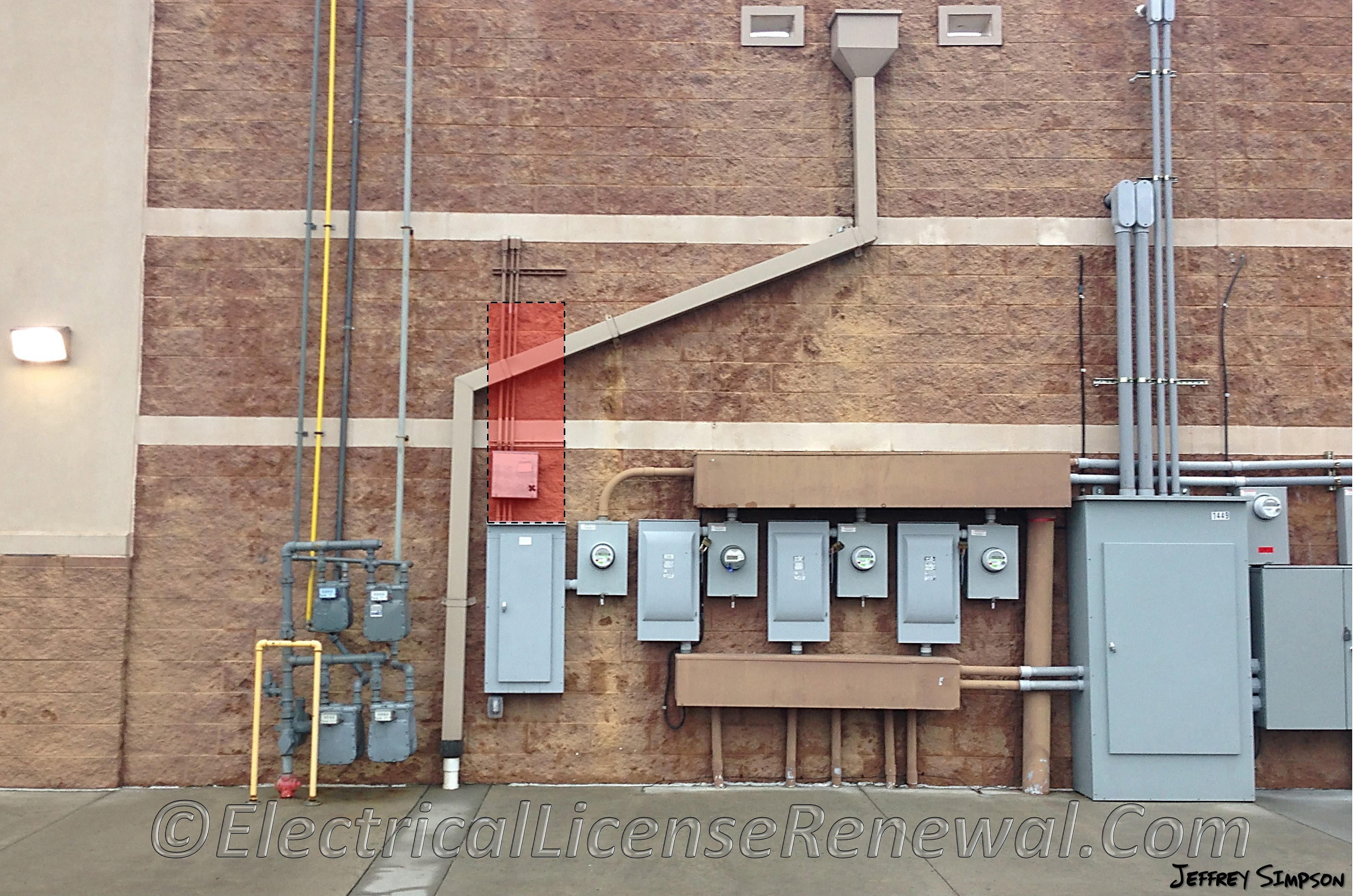



110 26 E 2 Dedicated Equipment Space Outdoors




Doe Handbook Electrical Safety General Requirements Rf Cafe
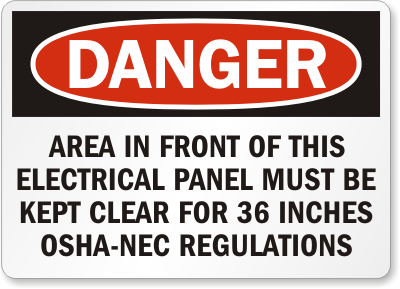



Electrical Panel Clearance And New Nec Requirements Safteng
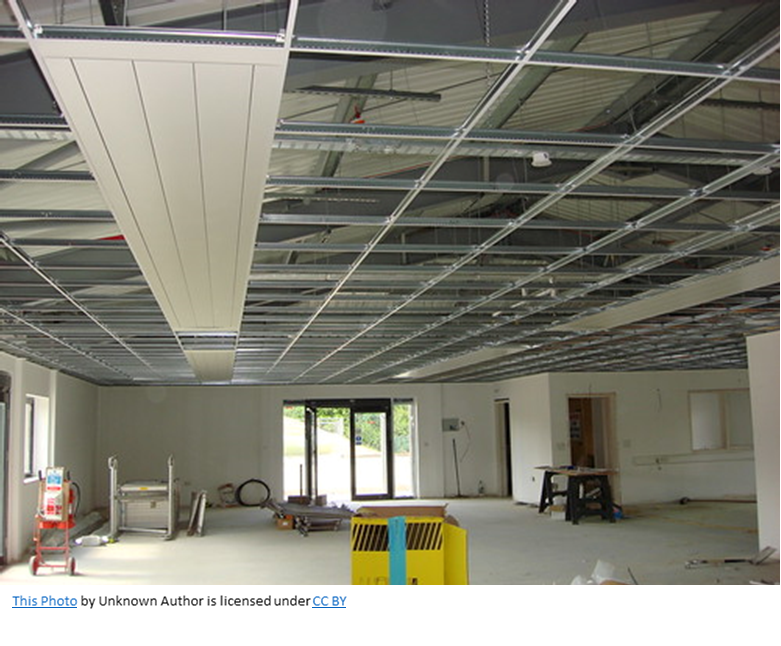



New Rules For Spaces With Limited Access Nec 17 110 26 A 4 Jade Learning



Www Mikeholt Com Instructor2 Img Product Pdf 11nec101 1076 Sample Pdf




Electrical Systems Designing Electrical Rooms



Http Www Teces Org Docs 443 Pdf




Nec Working Clearance Youtube
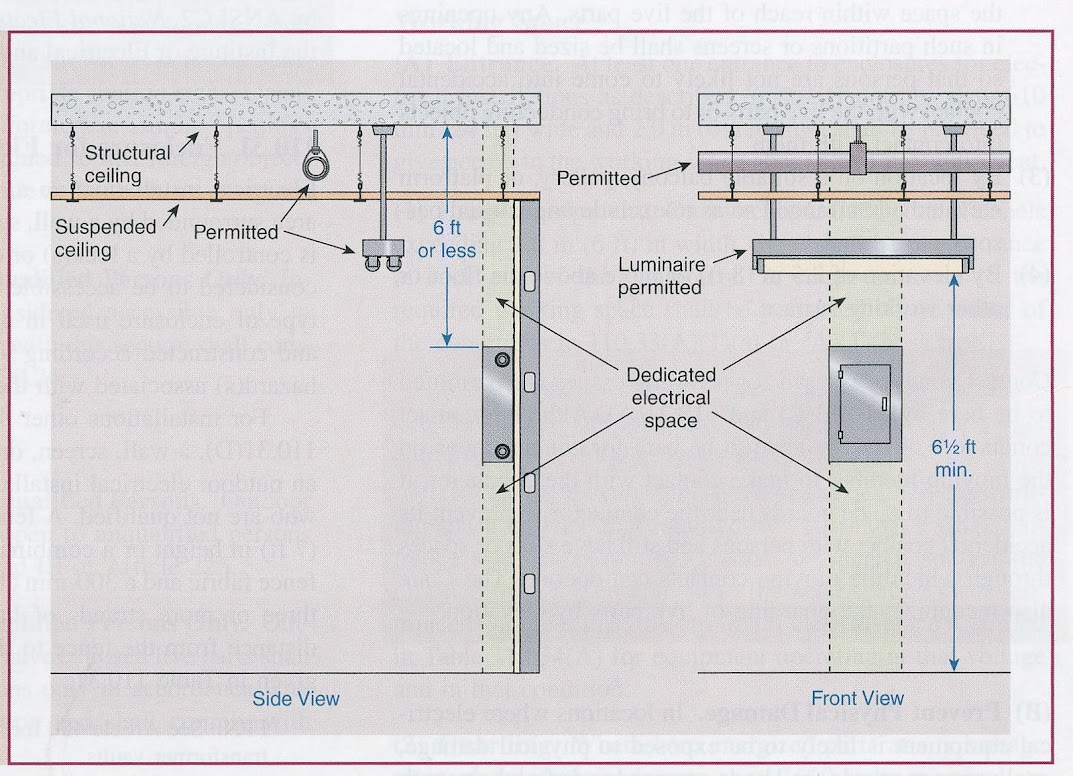



Inspectionnews Home Inspection



Www Ltrc Lsu Edu Ltc 11 Pdf National electric code clear workspace requirements Pdf




Minimum Clearance Around Electrical Panels Carrying 600 Volts Or Less Mysafetysign Blog



Www Mikeholt Com Instructor2 Img Product Pdf 11nec101 1076 Sample Pdf



Www Mikeholt Com Instructor2 Img Product Pdf 11nec101 1076 Sample Pdf
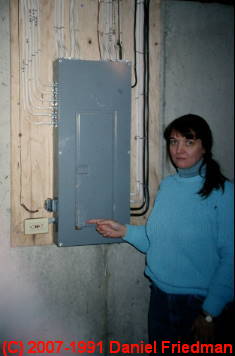



Electrical Panel Equipment Working Space Clearance Distances U S Nec Article 110 26



Panel Clearances Electrician Talk




Transformer Installation Page 3
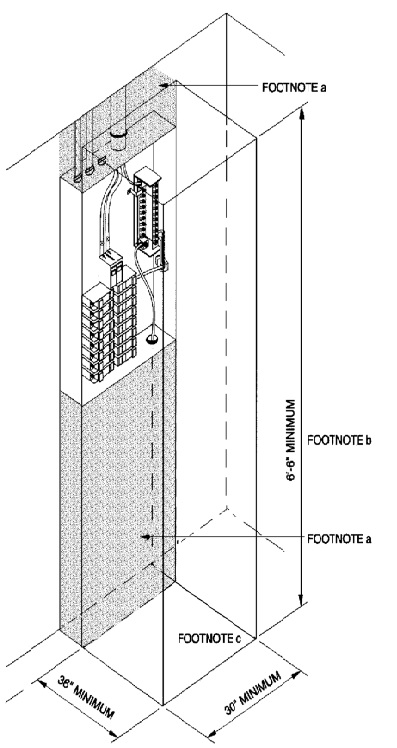



15 Virginia Residential Code Icc Digital Codes



Www Mikeholt Com Instructor2 Img Product Pdf 11nec101 1076 Sample Pdf




Adequate Workspace Keeps Electricians Safe Ec M



Art109




General Installation Requirements Part Xxxiii Electrical Contractor Magazine




General Installation Requirements Part Xxxv Article 110 Electrical Contractor Magazine



Working Clearance Electrician Talk




Codeology Nec Code Book Arrangement Flashcards Quizlet
.jpg?width=900&name=Electrical%20Room%20(2).jpg)



Nec Article 110 34 Electrical Room Basics Electrical Equipment Rated At 1 000 V Or More Article 3 Of 3



Panel Box Clearance Code Question Diy Home Improvement Forum




General Installation Requirements Part Xxxv Article 110 Electrical Contractor Magazine




How Much Working Space Is Enough Ec M



Oshpd Ca Gov Document Seminar Electrical



Q Tbn And9gcqdt2hrdjclpsxkyqeef Ujydyrchsmjfxu8lhuxflkpfjhsedr Usqp Cau




Working Space For Electrical Equipment Iaei Magazine
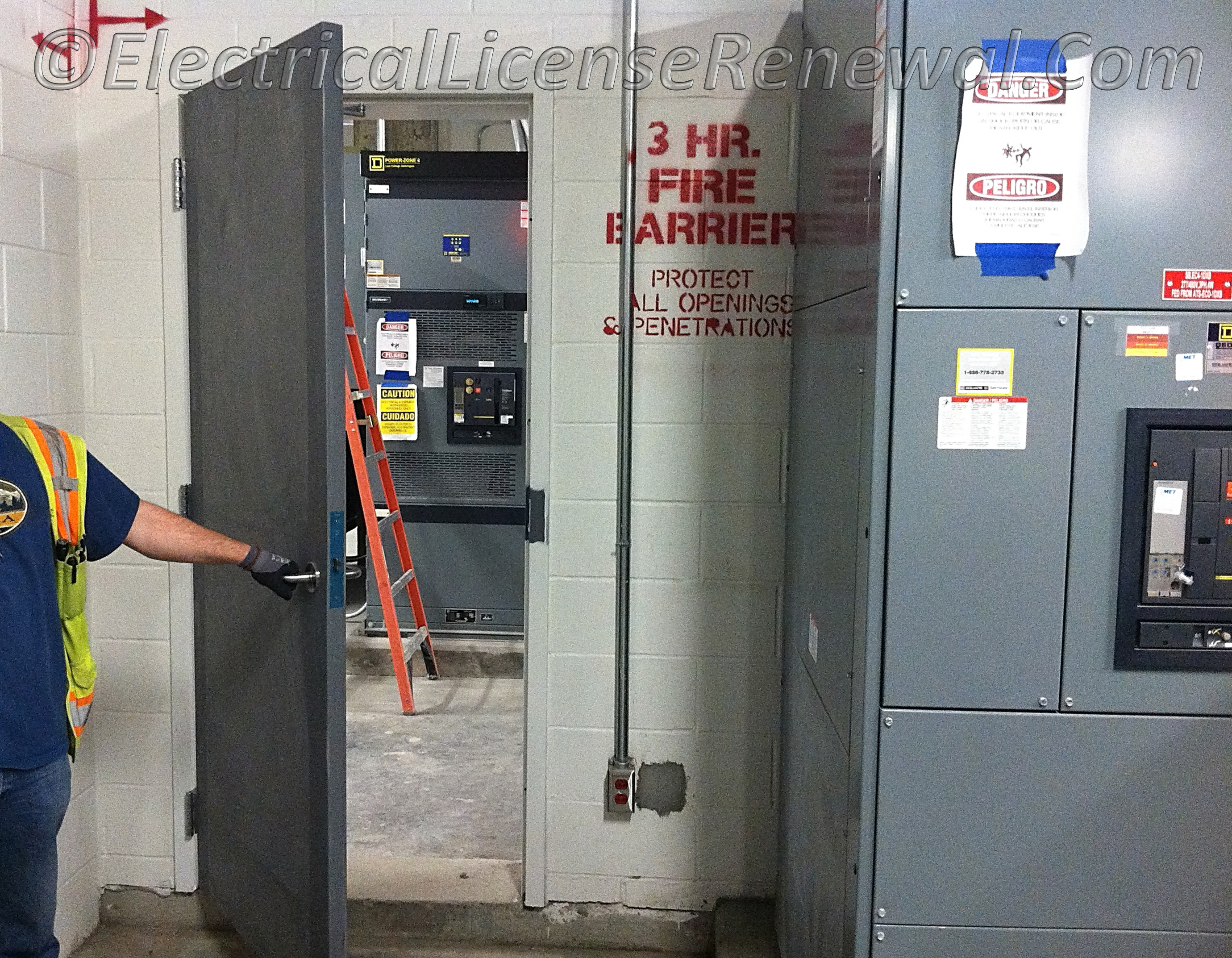



110 26 C 3 Entrance To And Egress From Working Space Personnel Doors



Www Mikeholt Com Instructor2 Img Product Pdf 11nec101 1076 Sample Pdf




Adequate Clearance Electrical Inspections Internachi Forum




Working Space About Electrical Equipment Nec 14 110 26 23min sec Youtube




Dedicated Equipment Space Nec 110 26 E 1 And E 2 Part 1 Of 3 Youtube
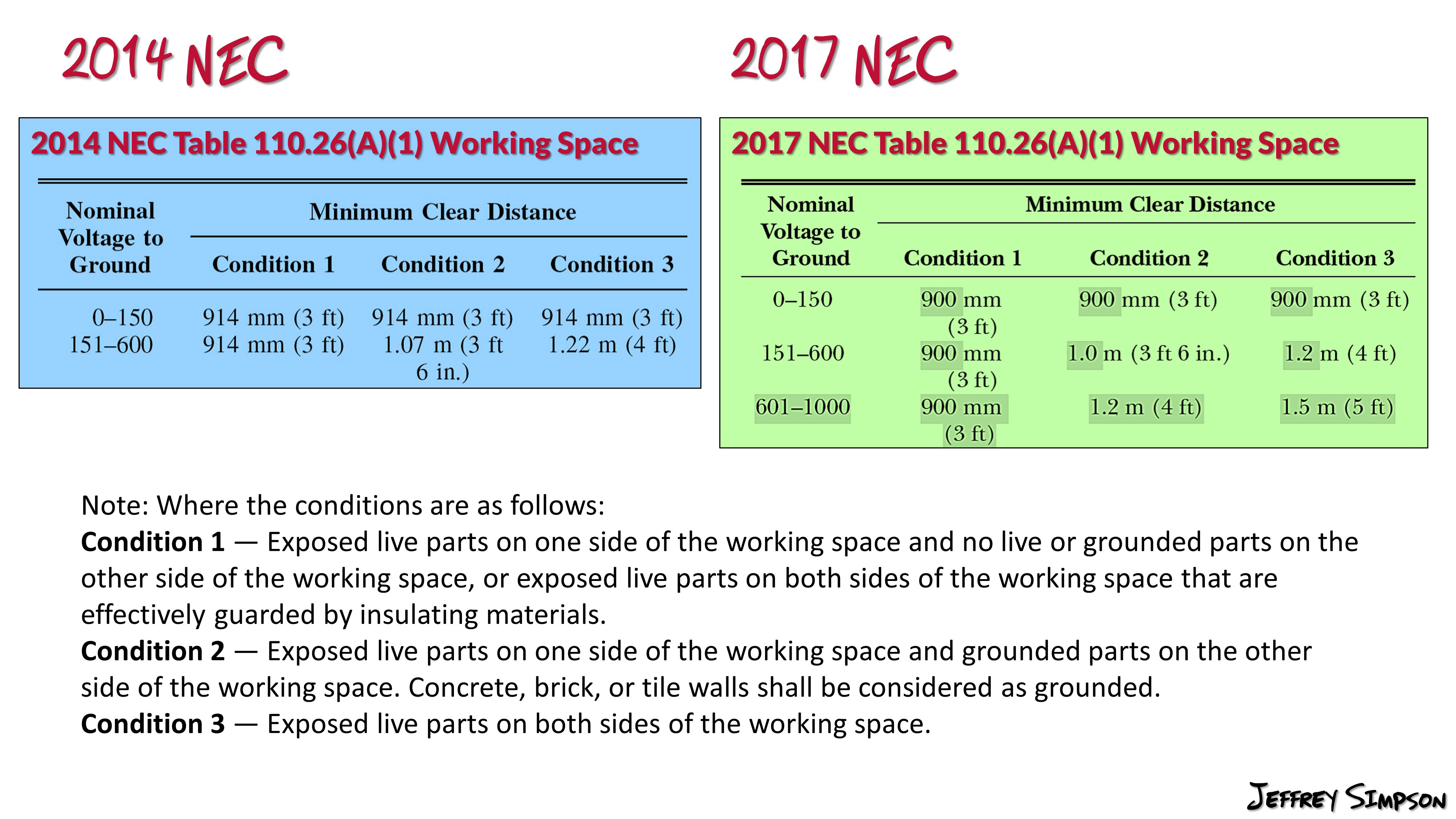



Table 110 26 A 1 Working Spaces




Working Space Requirements For Electrical Panelboards Iaei Magazine




How Much Working Space Is Enough Ec M



Www Ltrc Lsu Edu Ltc 11 Pdf National electric code clear workspace requirements Pdf



Www Mikeholt Com Instructor2 Img Product Pdf 11nec101 1076 Sample Pdf




Afpm Summit Nec Revision Reduced Risk For Electrical Workers
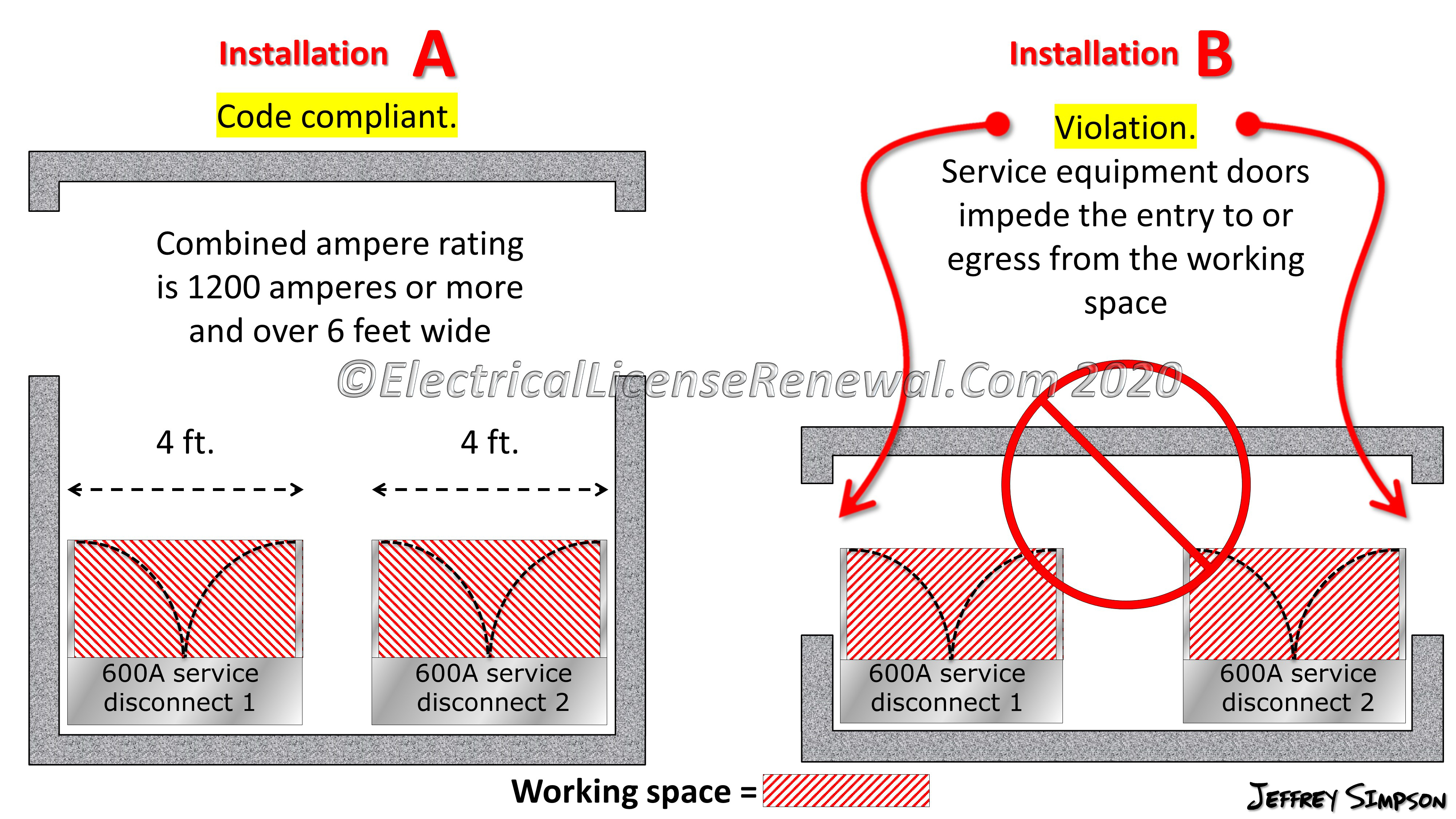



110 26 C 2 Large Equipment



0 件のコメント:
コメントを投稿